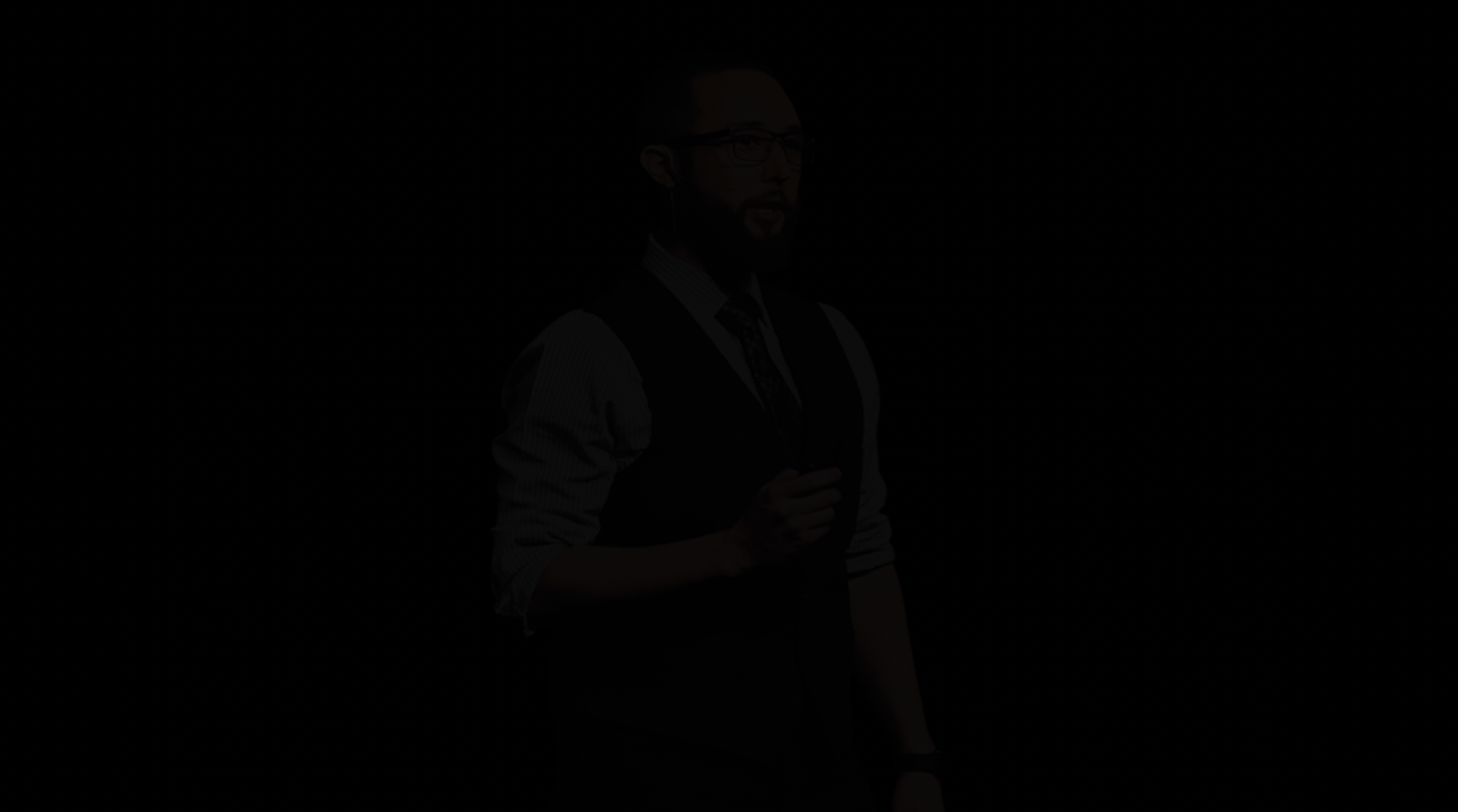Recently I was interviewed by Reuters and discussed a range of Snapchat topics from their ad business to industry perspective on how brand marketers are approaching the platform.
Some commentary was published and picked up by other publications like the WSJ. Below is my full commentary.
REUTERS: Any idea how Snapchat’s ad business is growing? Going gangbusters? Incremental growth?
TOM: Signs are pointing towards a SnapChat IPO in the near future. In order to do this they need to have a solid monetization strategy in place.
Snapchat has 100 million daily active users, 700 million disappearing snaps being sent and more than 500 million stories viewed on a daily basis and recently claimed over 6 billion video views.
Snapchat is laser focused on engagement. They have shifted from being primarily a creation platform towards consumption driven by opt-in engagement.
The audience is definitely there. When it comes to advertising, there has been a lot of testing to ensure the user experience stays pure as well as aligning alpha programs with brands that are willing to pay a premium.
How this is transitioning from alpha ad types to scaleable offerings that show value beyond an impression is yet to be determined.
REUTERS: How have advertisers/brands who have advertised on Snapchat responded to the platform? Are they excited? Moderately hopeful? Or fleeing because they are unhappy?
By using the 70/20/10 media approach, most of my clients have classified Snapchat in the 20/10 test & learn experimentation. For brands that are looking to cut through with 13-34 year olds and drive some type of contextual experience on the platform they are excited by the impressions, but beyond that there is not much data as Snapchat is contextual Opt-in without profile information.
Brand marketers are excited about the impact the platform can have on sponsorships, live events and geo-specific targeting… Products like Geofilters and Sponsored Lenses are potentially interesting to further connect on the local level. This applies to events or retail. Shopping malls, movie theaters, etc.
REUTERS: Are there any common concerns out there among brands about the platform that you’ve heard?
Lack of robust analytics and attribution are the most common. You have insights into views, but the biggest complaint that I hear beyond that is that CTA’s are not really a part of the experience, for example you cannot add a URL or hashtag in a sponsored geofilter. It is simply about brand awareness vs activation.
What is interesting is Snapchat’s recent partnership with Liveramp that will allow data matching to validate ad exposure and eventually offline conversion measurement.
REUTERS: Where has Snapchat excelled at video ads? And where has it fallen short?
Snapchat’s approach to video is through the lens of curated context. They want the video experience to be immersive without pre-roll with a focus on vertical vs. horizontal content.
They want 100% viewable, Full screen. They have research that shows the daily minutes spent on screens and how vertical screens dominate usage behavior.
CORE POINTS OF DIFFERENCE:
1) Always Full Screen
2) Always User Choice
3) Always optimized for Mobile
4) Always plays with Sound
Snapchat video is ideal for awareness, but do not expect to have CTA’s such as URL’s or hashtags supported. This is strictly an awareness and engagement platform with limited analytics but massive reach with the key 13-24 audience set.
REUTERS: Does it offer good intel on viewers or good targeting?
Not on targeting as it is primarily contextual opt-in, but the one positive is unlike Facebook’s Autoplay approach, Snapchat requires a user action.
Snapchat is focused on providing additional insight into ad exposure through data partnerships.
REUTERS: What are the expectations by advertisers from Snapchat?
For now it is about reach and partnering with an emerging platform that has a large and highly coveted user base.
REUTERS: What expectations have Snapchat set about its ad business growth?
Finding the right ad type and monetization strategy are key for Snapchat as they gear up for an IPO.
REUTERS: And why on earth are brand like Toyota and HP even advertising on Snapchat – a bunch of teens without buying power?
More than 60% of US 13 to 34 year-old smartphone users are snapchatters. That number extends beyond teens into the early life stage millennials. The largest group on the platform is actually 18-24 year olds that do have buying power, especially for entry level products from brands like Toyota & HP.
Brands like Snapchat’s audience, approach to curated context & intimacy vs. broadcast newsfeed, Snapchat is focused on vertical content delivery that coincides with the core experience.
The Reuters commentary was also picked up by the Wall Street Journal’s CMO Today.
Follow Tom Edwards @BlackFin360





